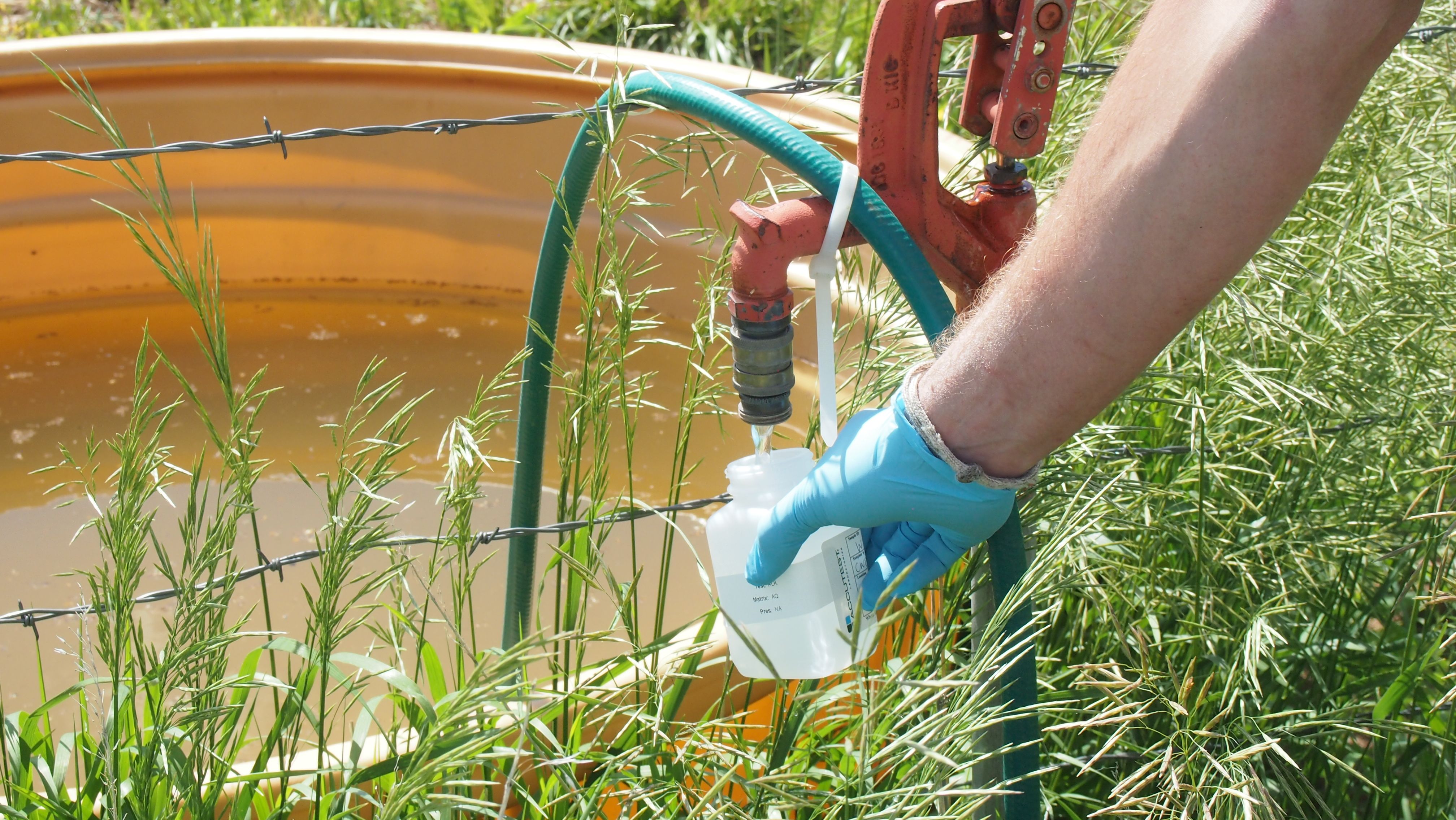
The Western Slope Conservation Center, supported by the Colorado Water and Energy Research Center (CWERC) at the University of Colorado Boulder, collected local groundwater samples in September of 2014 and June of 2015 in order to provide a baseline of water quality conditions in the North Fork of the Gunnison River watershed. Future water quality conditions can be compared to this baseline if and when new oil and gas wells are drilled and developed within the watershed.
The 2014 – 2015 Water Quality Monitoring Report: North Fork Gunnison River Basin Delta County, Colorado, authored by Jessica Lewand, Katya Hafich, and Mark Williams, analyzes the findings of the samples. The summary of the report’s findings are as follows:
- No BTEX compounds (benzene, toluene, ethylbenzene, and xylenes) were detected above the laboratory method detection limit (MDL) throughout the entire study.
- Methane was detected in low concentrations in some samples, with many samples below the laboratory method detection limit.
- Methane was generally detected during the September sampling event when low flow conditions were present.
- Methane can naturally occur in groundwater and it is not hazardous to human health.
- Water throughout the watershed can be characterized as having high alkalinity.
- Groundwater and springs had significantly higher (p<0.05) alkalinity than surface water.
- High alkalinity is likely caused by high carbonate and bicarbonate concentrations due to presence of marine sediments such as the Mancos shale.
- The pH values range from neutral in groundwater and springs to slightly basic in surface waters.
- Surface water had significantly higher (p<0.05) pH than groundwater and springs.
- The results suggest that barium concentrations may typically be higher in the Muddy Creek area.
- There was a significantly higher (p<0.05) concentration of barium in groundwater of Muddy Creek compared to groundwater down valley.
- There was also a significantly higher (p<0.05) concentration of barium in surface water of Muddy Creek in the 2011 ERO study compared to the same site in this study
- No other significant differences were found when comparing groundwater or surface water sites in Muddy Creek to down gradient sites.
- No analyte concentrations exceeded the National Primary Drinking Water Standards (NPDWS). A few analyte concentrations exceeded the National Secondary Drinking Water Standards (NSDWS) set in place for contaminants that are not health threatening, but are set to maintain aesthetic considerations, such as taste, color, and odor.
- No significant seasonal differences (p>0.05) were found for any Analyte concentrations when separated by water source (groundwater, springs, and surface water).
- It is important to note that the sample size for this report is relatively small, and may not capture the full seasonal range, and/or fully characterize water quality throughout the watershed.
Click here to learn more about other water quality monitoring that we do!
